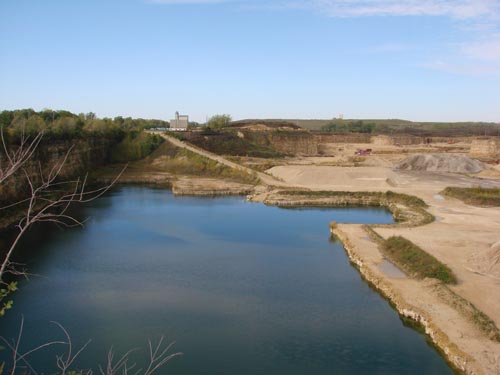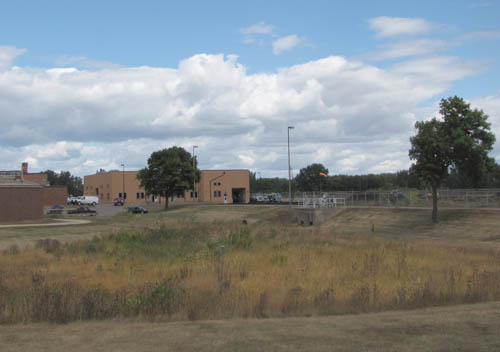Communities in northern Dakota County are exploring ways to strengthen water conservation and build partnerships to reuse water and recharge groundwater.
 Many of their ideas grew out of studies of regional drinking water supply, water reuse and groundwater recharge in the southeast metro, funded by the Metropolitan Council. The studies were completed earlier this year.
Many of their ideas grew out of studies of regional drinking water supply, water reuse and groundwater recharge in the southeast metro, funded by the Metropolitan Council. The studies were completed earlier this year.
“The drinking water supply and stormwater reuse study gave our group some ideas for public/private partnerships and provided metrics for what we might do to reduce our groundwater consumption,” said Steve Albrecht, Public Works Director for the City of Burnsville.
“Our city council is excited about alternatives to ensure the sustainability of our drinking water supply,” said Russ Matthys, Public Works Director for the City of Eagan.
Reusing water for irrigation in Eagan
One of those alternatives is using shallow groundwater drained from underneath some of the structures at the Council’s Seneca Wastewater Treatment Plant to irrigate nearby land in Eagan. An average of 500,000 gallons of water per day is drained to prevent the groundwater from rising above the bottom of the structures. Currently, the water is drained to the river.
The Eagan City Council recently approved a capital improvement program that commits $1,000,000 for each of the next three years to pursue the project, Matthys said. The Council’s Environmental Services division (MCES) is committed to paying for the treatment facility needed for the project.
The reason the shallow groundwater is drained is that when it saturates the ground the pressure can uplift and damage structures at the plant, such as clarifying tanks that are emptied for cleaning or tunnels connecting buildings, explained Deborah Manning, Assistant Manager of Plant Engineering in MCES.
Water doesn’t respect political boundaries
The Southeast Metro Water Group has been meeting quarterly for a few years as a way to share information and address emerging challenges to water sustainability. The group formed after the Council started sounding the alarm about the long-term sustainability of groundwater supplies in the region, said Matthys.
 Early on, the Council was interested in working with the group on a study of the potential for stormwater reuse and groundwater recharge in their communities, as well as the costs of converting at least partially to a surface water supply, should that ever become necessary.
Early on, the Council was interested in working with the group on a study of the potential for stormwater reuse and groundwater recharge in their communities, as well as the costs of converting at least partially to a surface water supply, should that ever become necessary.
“We’re looking at different scenarios for working together on water conservation and how that could multiply the benefits for our part of the region,” Albrecht said. “Groundwater doesn’t know community boundaries. We can have a greater impact if we work together on water supply sustainability.”
Matthys agreed.
“This isn’t just about us [Eagan]—our neighbors need to be taking action, too,” he said. “But our city council is willing to lead by example, and we’ve got an opportunity with the Seneca Plant in our community.”
“We will also be discussing public/private partnerships for the reuse of stormwater,” Albrecht said. “Even if a particular project is not in your city, there are ways that your city might be able to support those efforts, because ultimately they benefit everyone who shares an aquifer.”
Council provides regional perspective, funding to assist multijurisdictional efforts
The Council plays a valuable facilitating role in the discussions, Albrecht said, and provides a regional perspective for the group. Council funding of these types of studies is important because it isn’t always easy to get local city councils to commit funds to something that reaches beyond their borders, he said.
Under state law, water supply planning is both a local and a regional responsibility. In the next two years, communities across the region will be submitting new water supply plans to the Council and Department of Natural Resources for review as part of the comprehensive plan update process.
More information